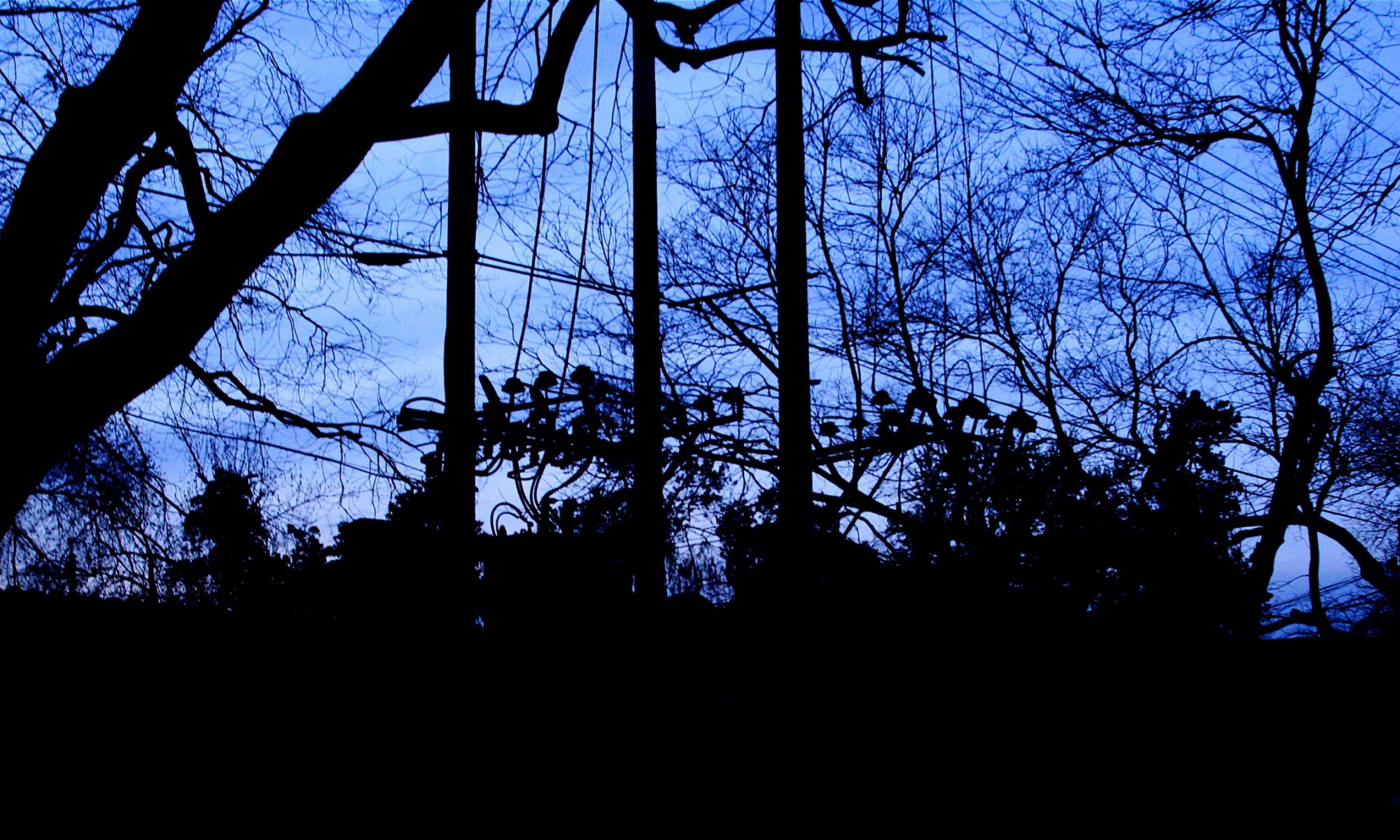It is not a new proposition, but it is often glossed over by defendants, just like the thoroughly orthodox proposition that legal causation does not require that a wrong be the sole, predominant, or proximate cause of the damage. The proposition is that where the court is satisfied that a wrong has caused actual loss of some sort, difficulties in working out what the value of the loss is in money terms cannot defeat the remedy of damages. The judge must do the best he or she can, even if the evidence is sparse and unsatisfactory.
In a rather wonderful case about the negligent destruction by an RSPCA officer of a herd of cattle which went for 12 years and 68 days of trial, the Court of Appeal has pithily restated the proposition in reasons for dismissing RSPCA’s application for leave to appeal. The judgment is RSPCA (Victoria) v Holdsworth [2015] VSCA 243. Subject to further appeal, it looks like the RSPCA or its insurer will have to cough up the judgment of more than one million dollars. Costs don’t bear thinking about.
The relevant part of the proposed appeal was from a finding of Judge Bowman that had the RSPCA not slaughtered the animals, their owners would have set up a business of selling the bulls’ semen and made a profit from it. The RSPCA said this was ‘pie in the sky’ and there was no credible evidence that this was in fact the plan or that it could have succeeded. Certainly, no attempt had been made to set up the business before the RSPA’s lethal destruction of the unarmed furry animals.
The Chief Justice and Justices of Appeal Hansen and Beach said:
’33 The assessment of lost profit in circumstances such as these is difficult. So much is axiomatic. However, as has been said before, where there has been actual loss of some sort, the common law does not permit difficulties of estimating the loss in money to defeat the only remedy it provides.[27] Being satisfied that loss had been suffered as a result of the RSPCA’s negligent actions, the judge had to do the best that he could in the light of the evidence. Provided there was sufficient basis for doing so, in the light of the evidence it would not have been just that no allowance was made. That does not mean that the judge was free to make something out of nothing or to find loss established where there was an insufficient basis upon which to do so in the evidence. Of course, mathematical precision was not possible, but the price range of semen straws was based on the evidence, the allowance of straws per year was surely open, and the period of 10 years was an allowance of a reasonable period of time over which to recover. Then, the discount of one-third is the judge’s estimation of that which is reasonable in the circumstances. The extent of such a discount is a matter upon which minds could differ and as to this, and the exercise generally, allowance must be made for the judge’s consideration of that which was reasonable and appropriate in the circumstances. There were no hard and fast figures. The judge was in the area of discretion. We do not overlook the RSPCA’s criticisms, just as the judge did not; he took into account the need for caution and to guard against over-optimism. We are satisfied that the judge took into account the aspects of the evidence upon which the RSPCA now relies. In addition, we consider that while the judge began his calculation with an estimation of likely sales, he properly understood his ultimate task to be one of assessing the lost profits. Contrary to the RSPCA’s submission, he did not neglect to factor in the likely costs of the prospective business; indeed, he specifically acknowledged that ‘overheads would exist’ and he allowed for them in determining the appropriate discount. In our view, the judge was cautious and conservative in his assessment. We do not see error in his Honour’s approach. In our view, it was open to the judge to conclude as he did.
27. See for example, Fink v Fink (1946) 74 CLR 127, 142 (Dixon and McTiernan JJ).’

